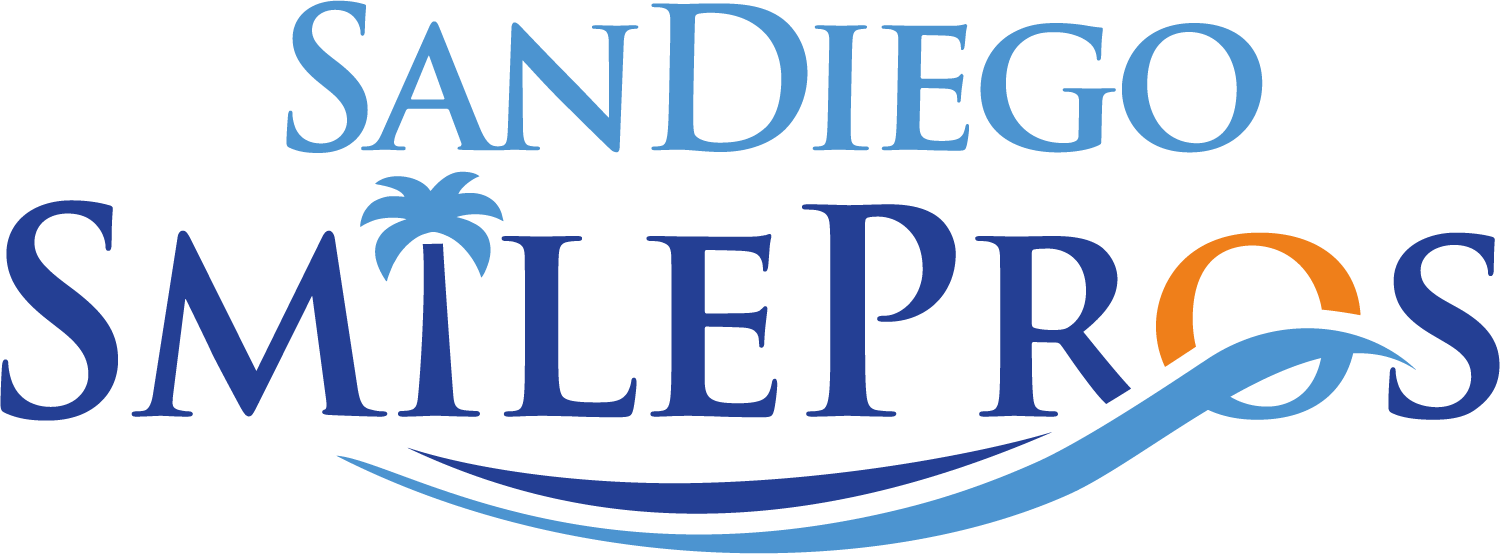Have you ever wondered, “Can braces change your face shape?” Simply put, yes, orthodontics isn’t just about straightening teeth—braces can significantly influence facial structure by changing your bite alignment. San Diego Smile Pros’ board-certified orthodontist, Dr. Durschlag, delves into how various bite misalignments, including overbites and underbites, impact your face and how correcting these can enhance your looks and boost your confidence.
Different Types of Bites and Their Impact on Facial Aesthetics
When we talk about the effect of a smile on facial appearance, it’s safe to say that the first thing people often think of is crooked teeth versus straight teeth. However, the way our jaws align with each other, known as our bite, plays a role in overall facial symmetry and aesthetics, too. The two most common types of bite issues that concern most orthodontic patients? The overbite and the underbite.
Overbite: Characterized by the upper teeth and dental arch significantly overlapping the lower teeth, an overbite can make the lower half of your face appear too short, leading to a disproportionate facial profile with a receded chin. It can also cause the lips to come apart when relaxed, but when lips are forced closed, the result may be an overactive, strained chin muscle called the mentalis.
Underbite: This is when the lower dental arch protrudes beyond the upper teeth, giving the jaw a more prominent and extended appearance. It can make the face look overly long and disproportionate. This type of bite can also cause the lips to come apart when lips are relaxed. These types of bites also typically exhibit a sunken mid-face when viewed from the side.
Both underbites and overbites not only influence facial structure and appearance but can also lead to jaw pain or TMJ disorder, teeth wear, and functional issues such as chewing or speaking difficulties. Improper jaw alignment can also sometimes contribute to airway or sleep issues.
How Do Braces Change Your Face Shape?
The amount of change that braces have on facial structure is related to a few things. First, age is a factor. Preteens and teens with braces are more likely to have a noticeable facial change since their oral structures are more flexible and responsive. Getting braces as an adult means less malleable oral structures and, therefore, less dramatic changes to facial appearance.
Second, a change in facial structure is related to the severity of your initial misalignment, regardless of age or the type of braces you get. In other words, correcting a severe underbite or overbite will result in a more noticeable change in your facial contours, while a mild case might mean you barely see a difference.
How do braces work to change your face shape? Braces exert pressure to move teeth into their ideal positions. Crooked and crowded teeth, when straightened and shifted into proper spacing, can subtly change the lower half of your face and lips. Your cheeks might look more supported, your smile a bit wider, and even your lips can appear fuller from getting your teeth straightened.
If your braces treatment includes orthodontic elastics (also called rubber bands) connecting the upper and lower jaws, then you might see a more noticeable change to your bite. Depending on how they’re positioned, rubber bands exert pressure to pull the top teeth back and the bottom teeth forward for an overbite or the reverse for an underbite.
The Benefits of Balanced Facial Aesthetics
Having balanced facial aesthetics because of an improved smile and bite can boost psychological well-being and quality of life. Improved self-esteem and confidence are common benefits of orthodontic treatment because patients feel more comfortable with their smile after orthodontics.
An appealing smile and harmonious facial structure also creates a positive first impression. In a Kelton Research study, participants attributed more positive traits to images of people with straight teeth over crooked teeth. And those with straight teeth were perceived as happy, loved by others, healthy and profesionally successful.
And if you were experiencing jaw pain or TMJ disorder prior to orthodontics? Your newly aligned bite will contribute to new freedom in speaking and chewing without pain.
Aligning Your Bite With San Diego Smile Pros
Correcting a bite issue like an overbite or underbite not only improves oral health and function but can bring about changes to your face shape, enhancing both physical appearance and psychological health.
Contact your San Diego orthodontist, Dr. Durschlag, for a complimentary initial consultation and learn how braces or Invisalign can give you a healthy, aligned bite and impact your facial aesthetics.



